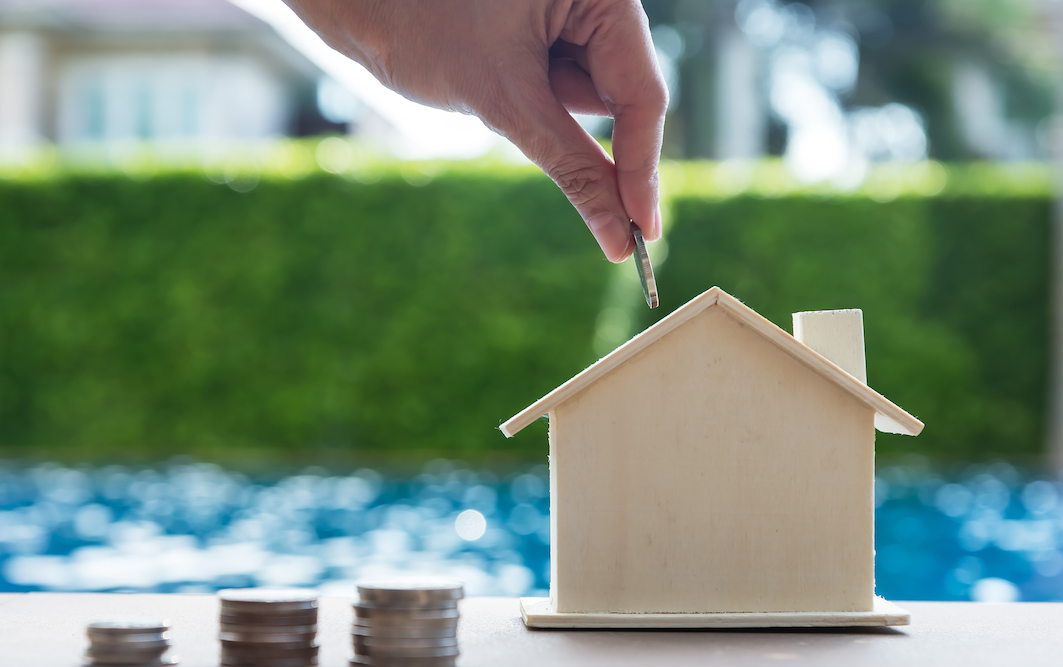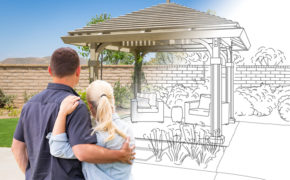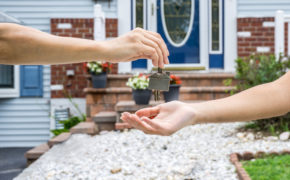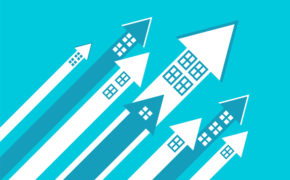Why You Should Save Some of Your Down Payment for Unexpected Expenses
For many new homeowners, saving up for the down payment can be a lengthy process. In most cases, they save and save and stop as soon as they hit their target. But what’s often forgotten is, once the transaction goes through and that down payment has been processed, there’s little left in the reserves.
From renovation plans and hidden costs of purchasing a home, to non-home-related financial surprises, homebuyers should account for unexpected costs when considering how much house they’re able to afford.
Rather than pay for these unplanned expenses with a credit card—which tacks on high-interest debt—it may make sense to create a cash reserve by spending fewer dollars on the down payment.
Benefits of a Lower Down Payment
While many believe that homebuyers need to put 20% down on their house purchase, it’s not mandatory. In most cases, I recommend buyers have at least 6 months of living expenses in the bank after purchase. Therefore, it can be wise to instead put less down and reserve cash for things that first-time buyers might not have experienced before, such as exterior maintenance, furnace and hot water heater repairs and general home appliance management.
For example, if a 20% down payment is $20,000, homebuyers can retain $10,000 of that and opt for a slightly higher monthly payment—lessening the financial impact from any surprise issues. At Ross Mortgage, we look at things like individuals’ savings pattern, their credit usage and especially the condition of the property to determine the best plan of action regarding down payment and suggested loan options.
Options for a Lower Down Payment
There are several different loan and insurance options you can consider when purchasing a home with a lower down payment.
Home Warranty Program
Most real estate companies generally include a home warranty program with the purchase. This can be paid either by the buyer or negotiated with the seller on behalf of the buyer. The home warranty ensures that, if covered items in the home begin to fall apart within a certain time frame, a portion of the cost to repair it is taken care of. This is a great way for a first-time homebuyer to ensure that an unexpected repair does not drain their cash reserve.
HomeStyle Renovation Loan
The Fannie Mae HomeStyle Renovation Loan gives borrowers the option to renovate and rehabilitate their new home by including additional financing in their conventional mortgage. This allows new homeowners to get a loan at market rate to make repairs or updates to their property. Renovation loans are available with as little as a 3% cash investment.
FHA 203(k) Loan
With the FHA 203(k) loan, you can turn a fixer-upper into your dream home. The option allows homebuyers the opportunity to upgrade things that they may not have otherwise had the ability to do without paying for the renovations in cash or putting them on credit cards with high interest rates. The FHA 203(k) loan gives you the cash to both buy and improve the home.
VA Renovation Loan
Military members can enjoy an extra mortgage option in the VA Renovation loan. This loan offers benefits like zero down payment and no monthly private mortgage insurance, low rates and fees, possible property tax exemption, renovation money and more.
As a new homebuyer you have several down payment options you may not have considered before. Send us a message, and a friendly expert representative will discuss the options that are best for you.










